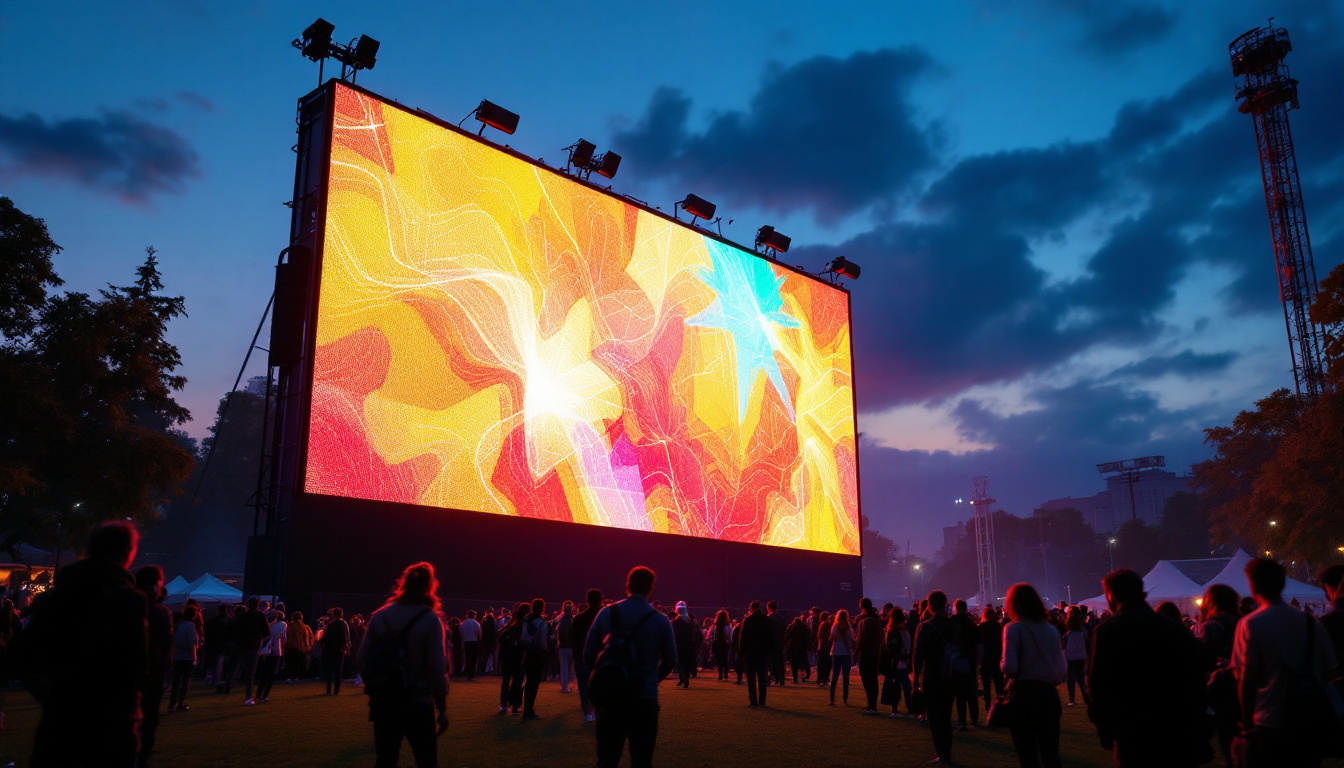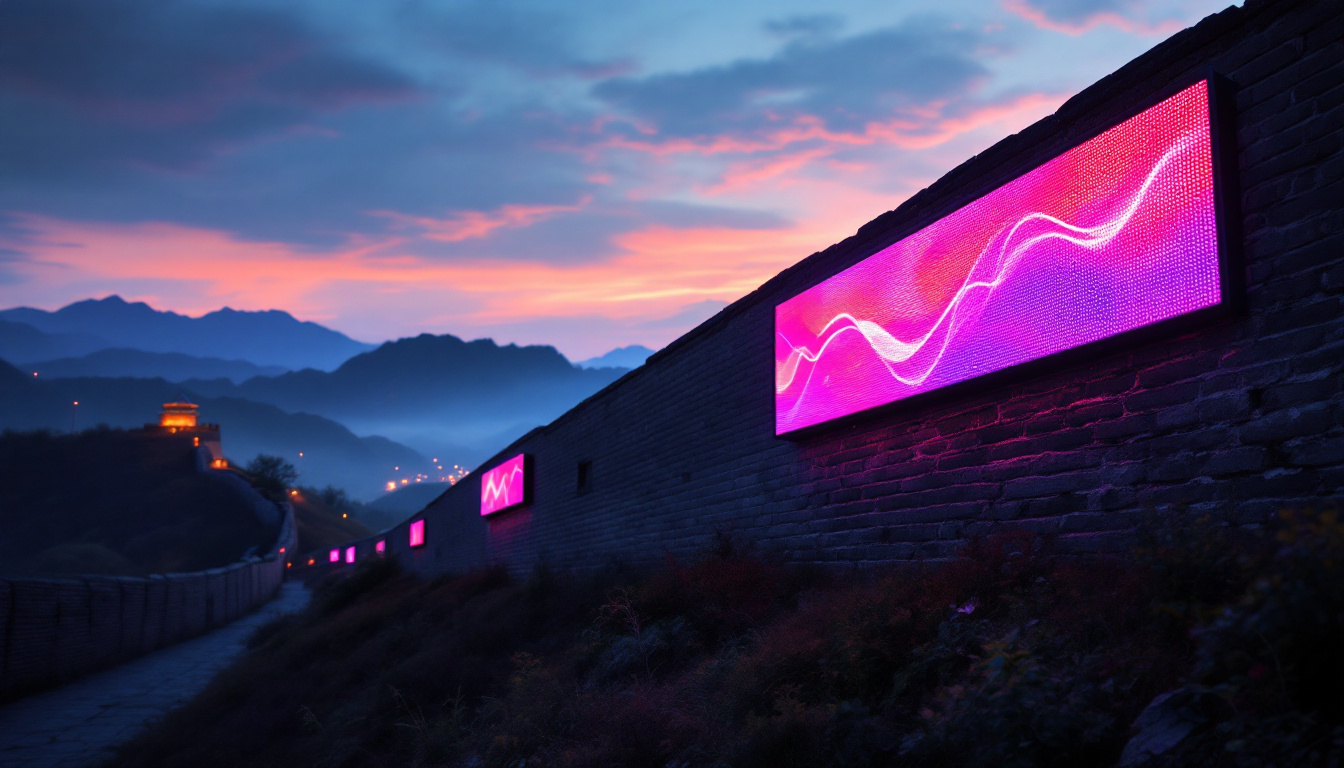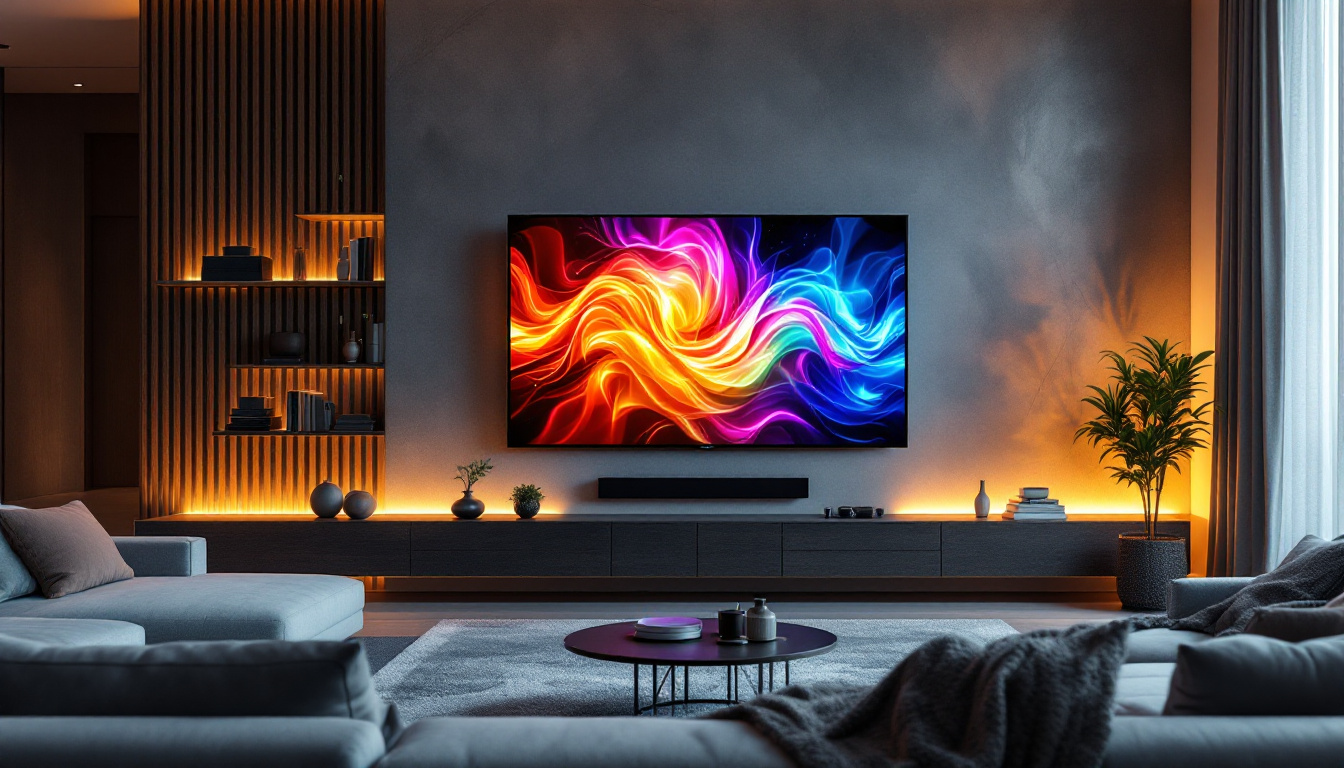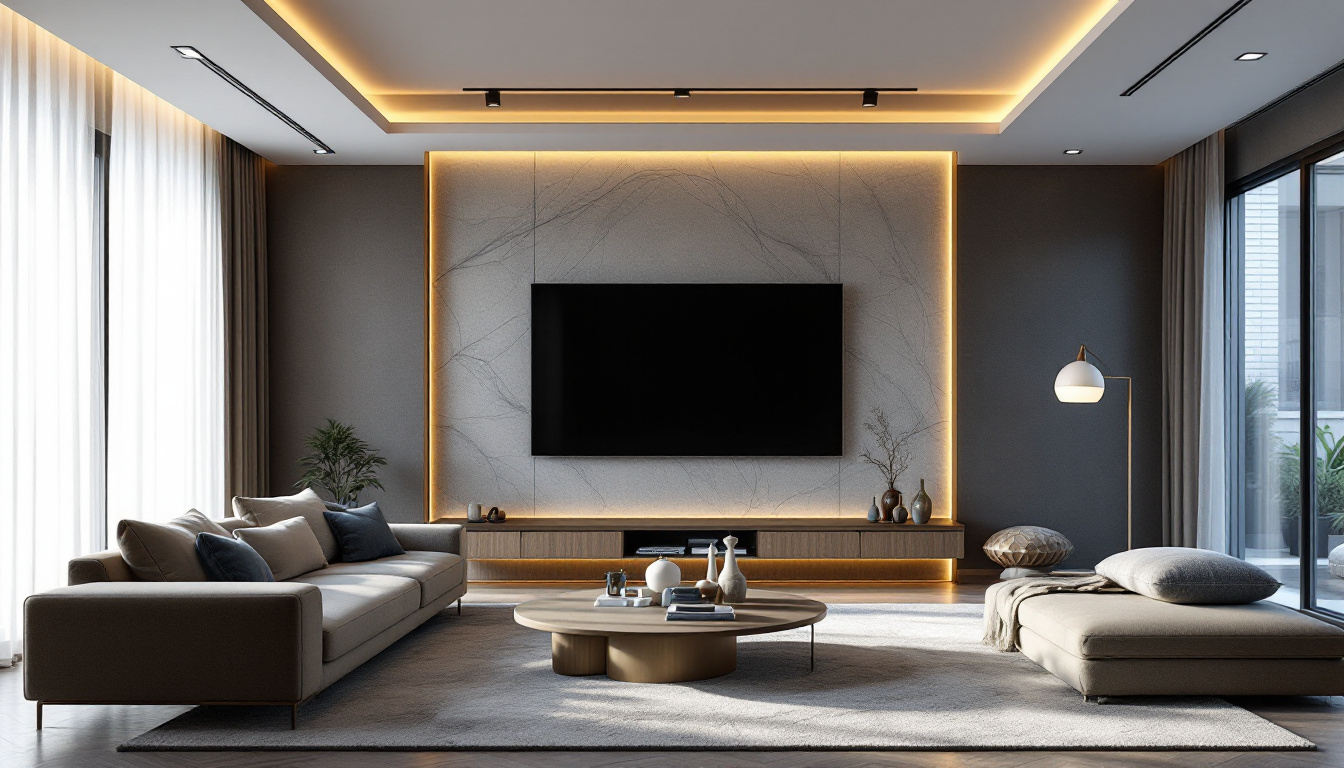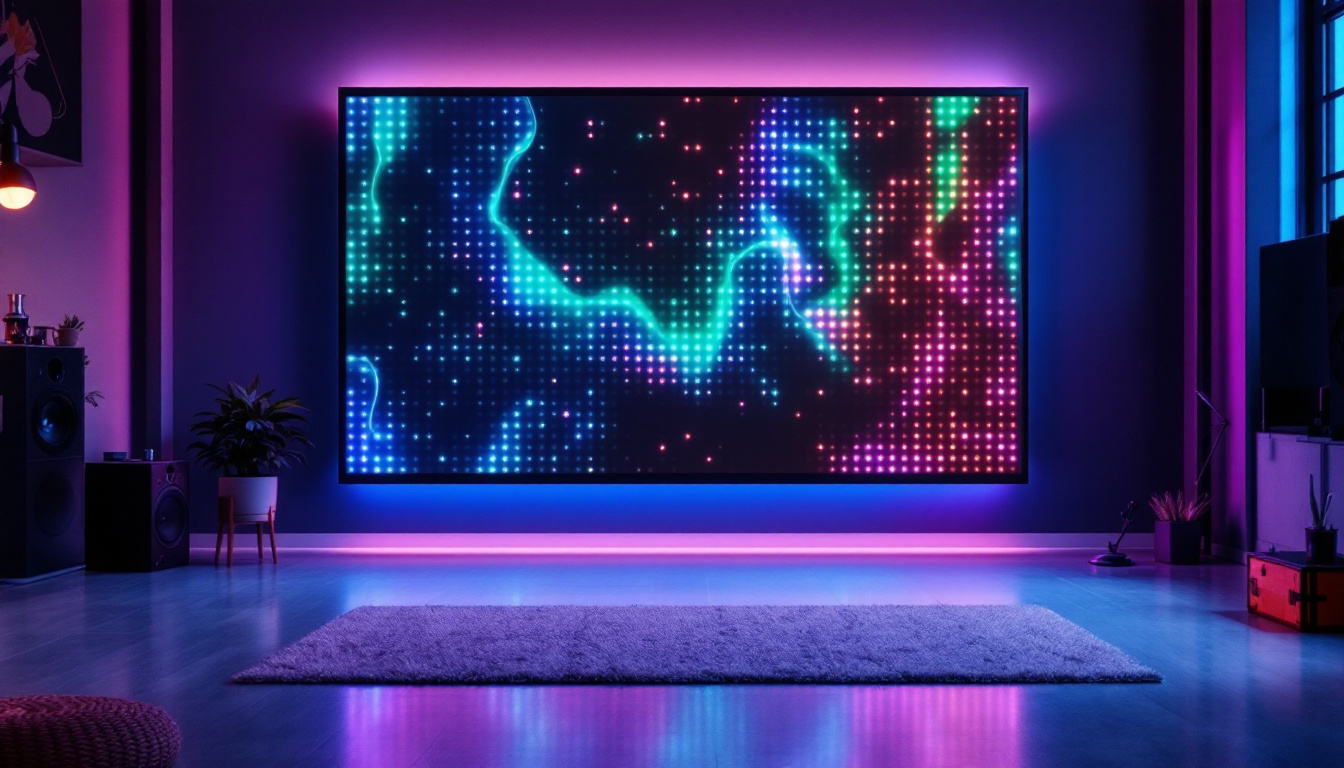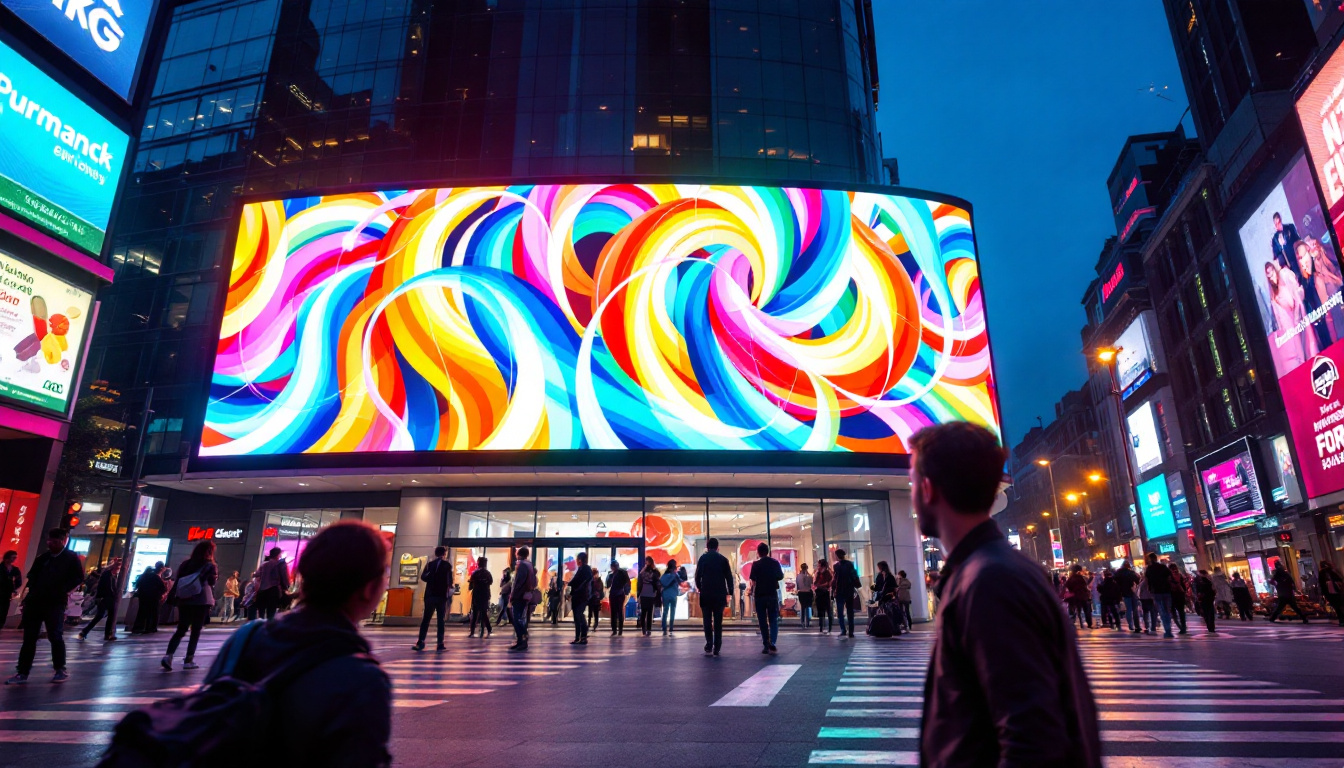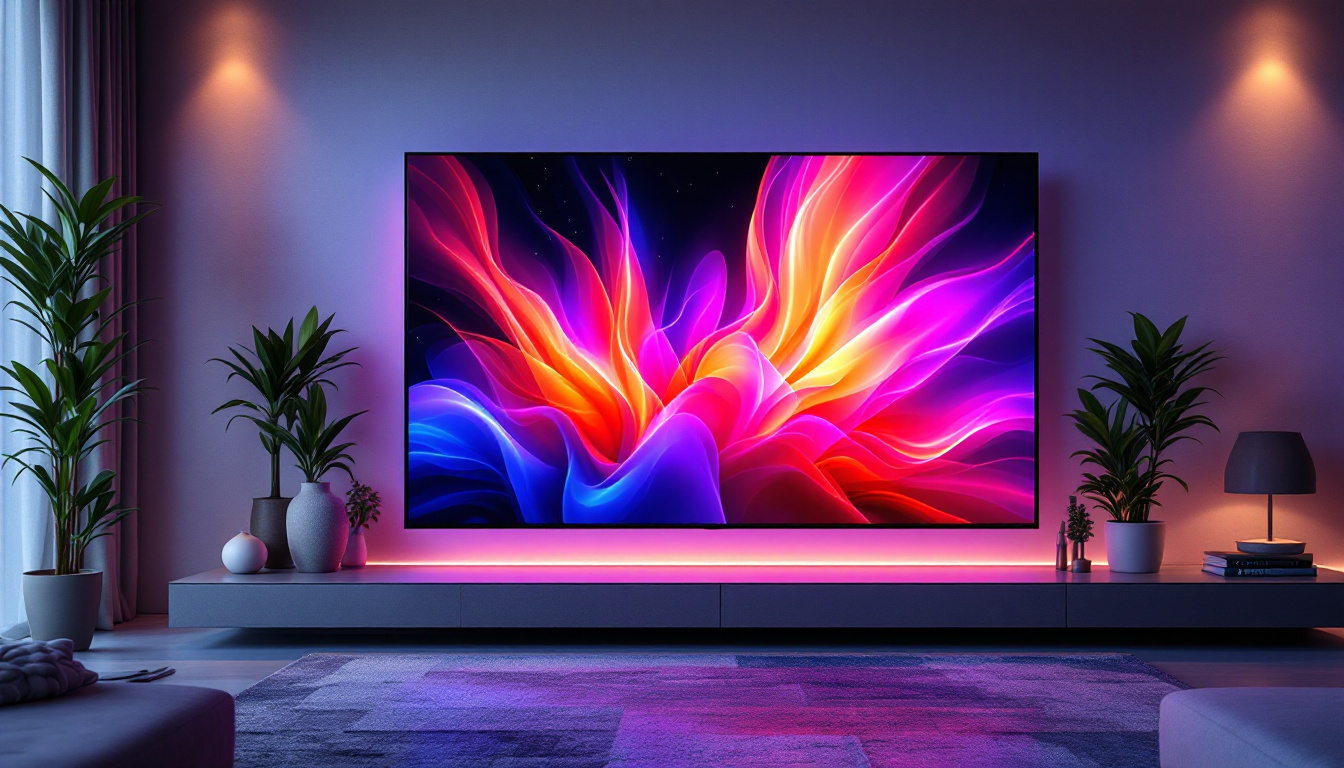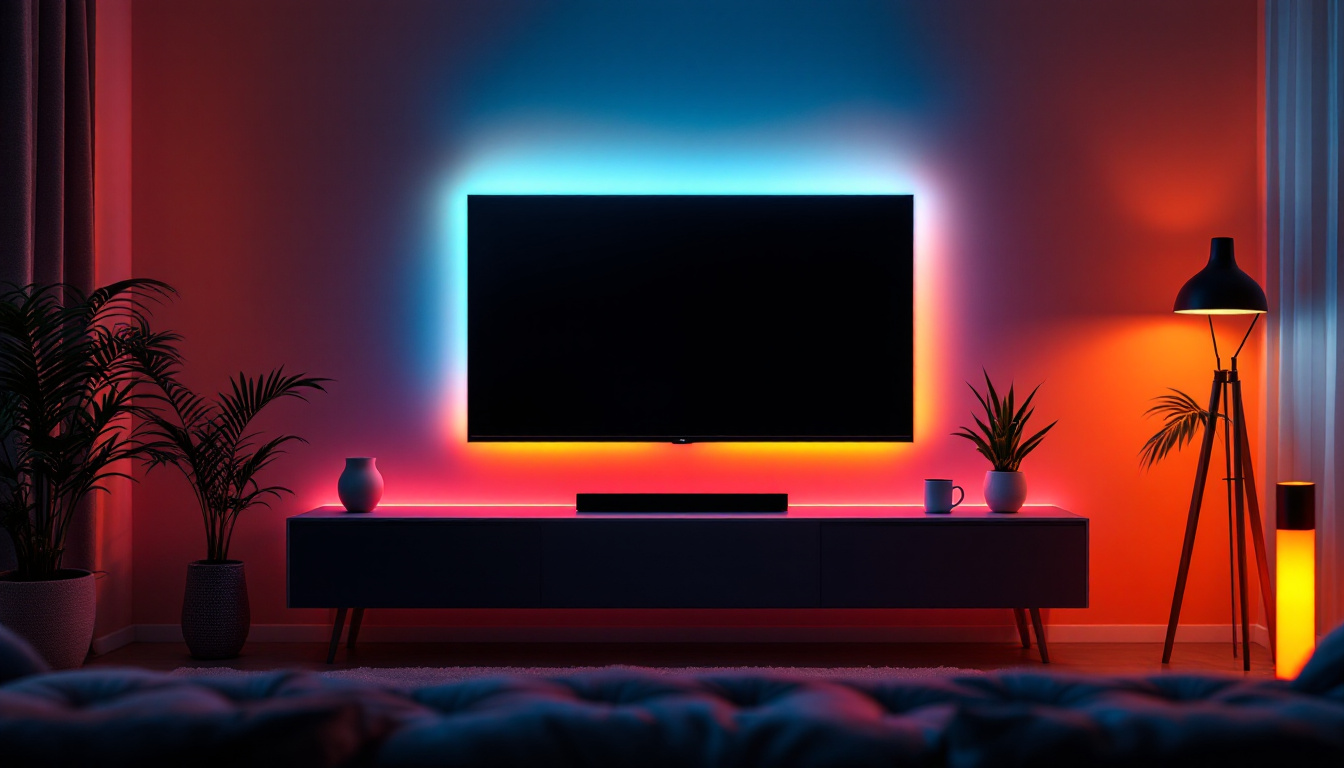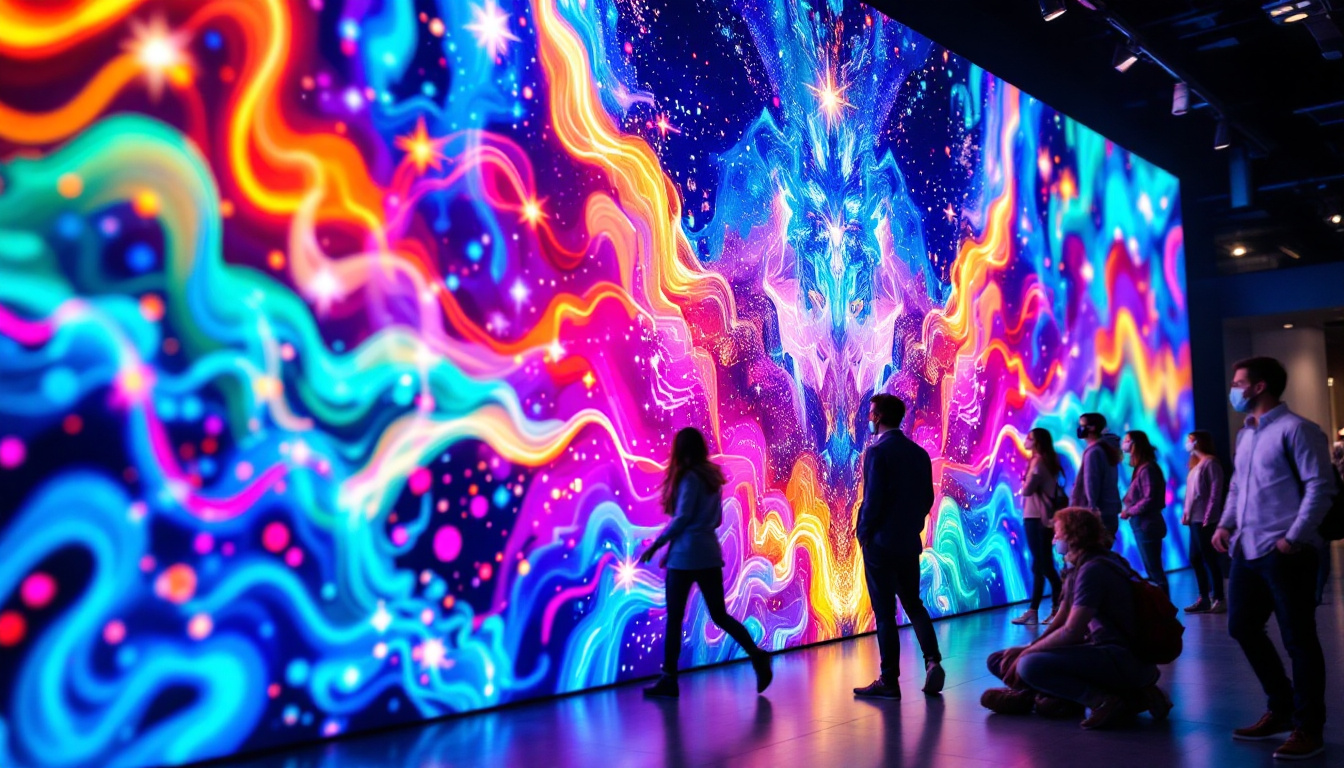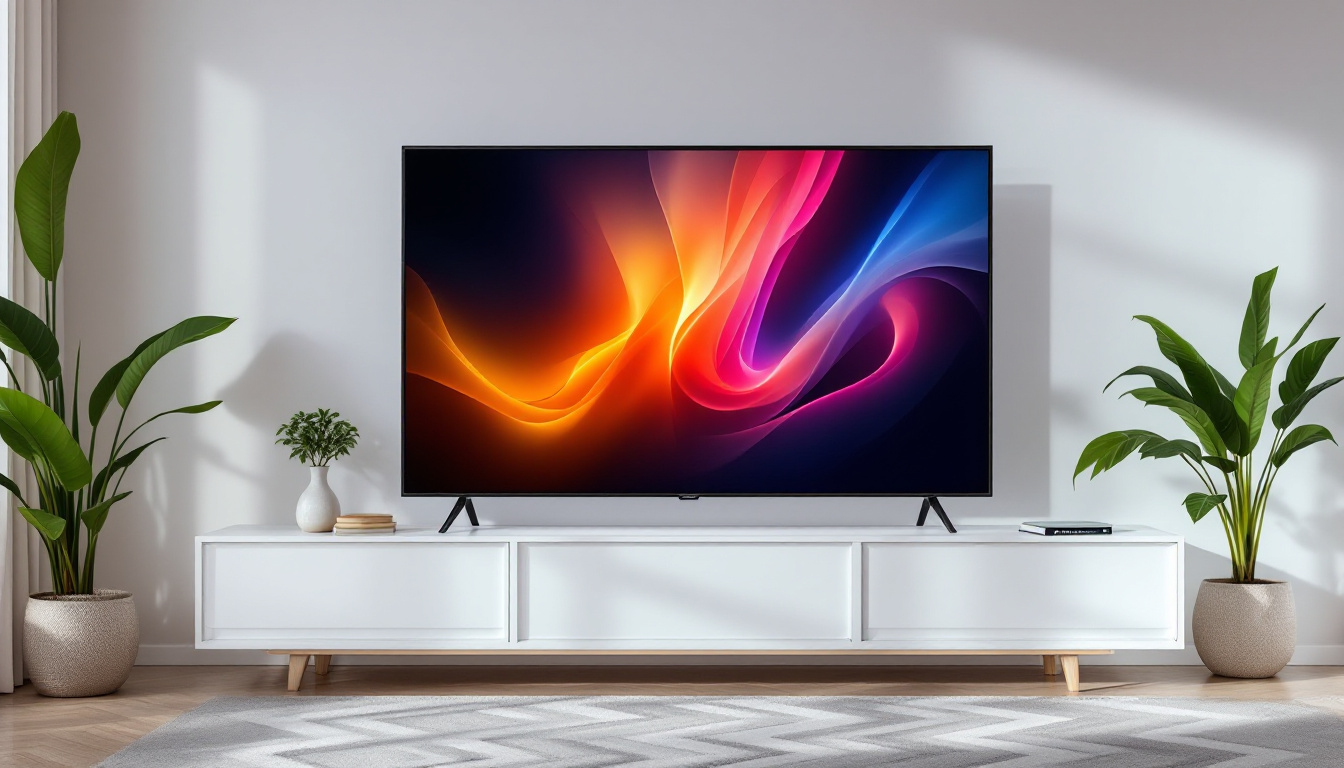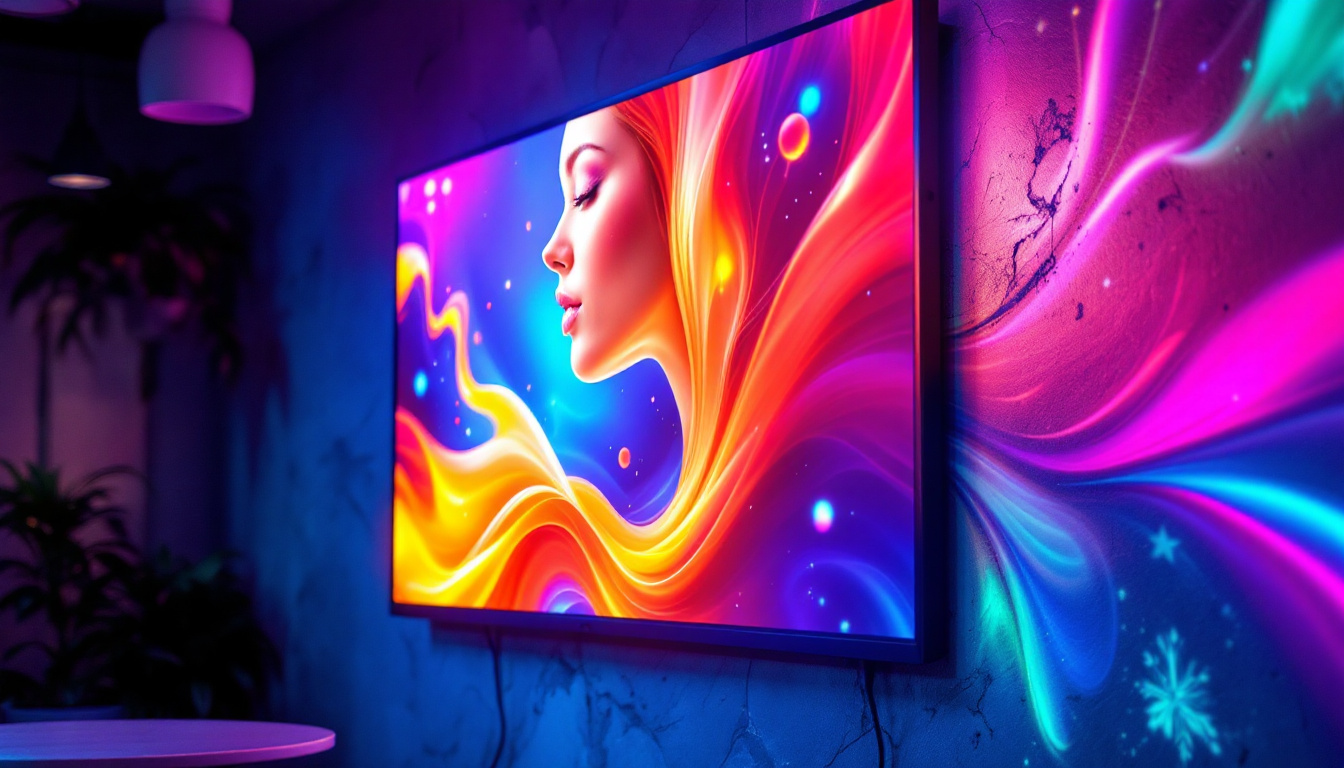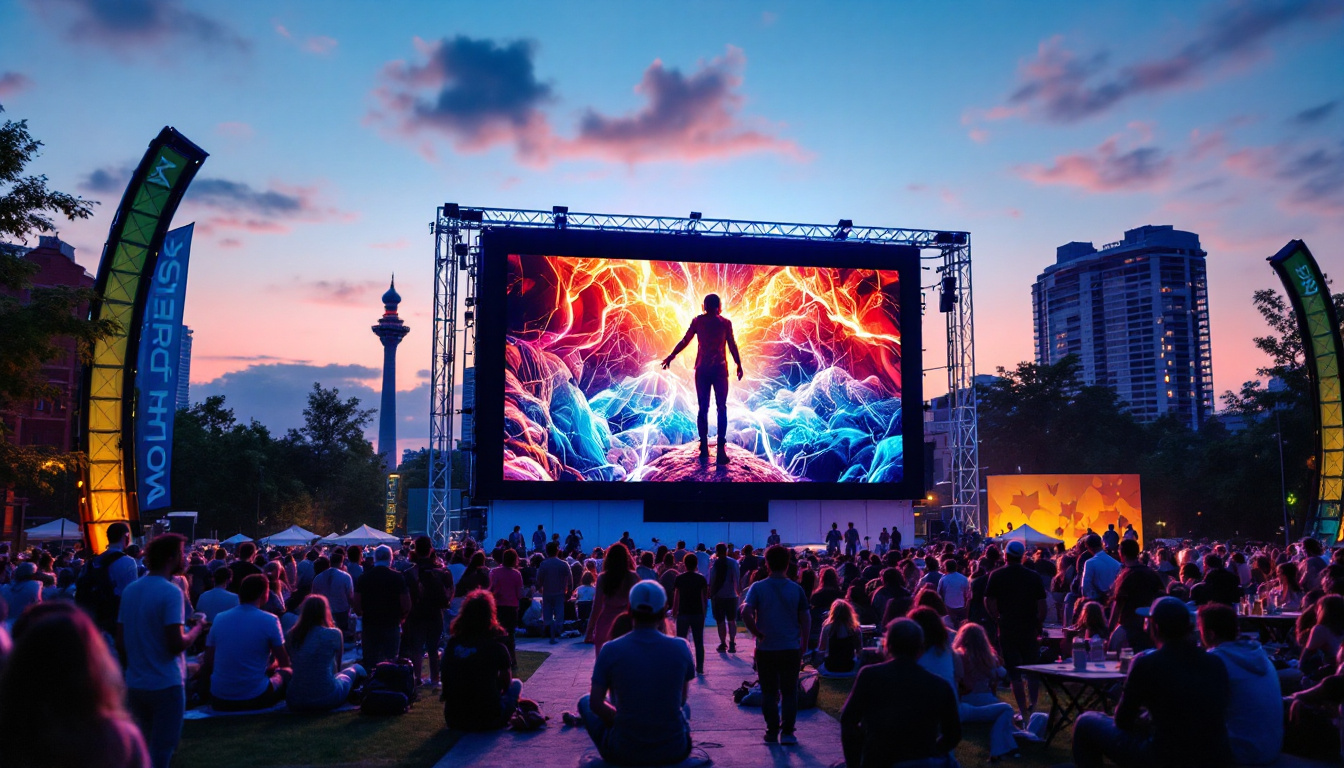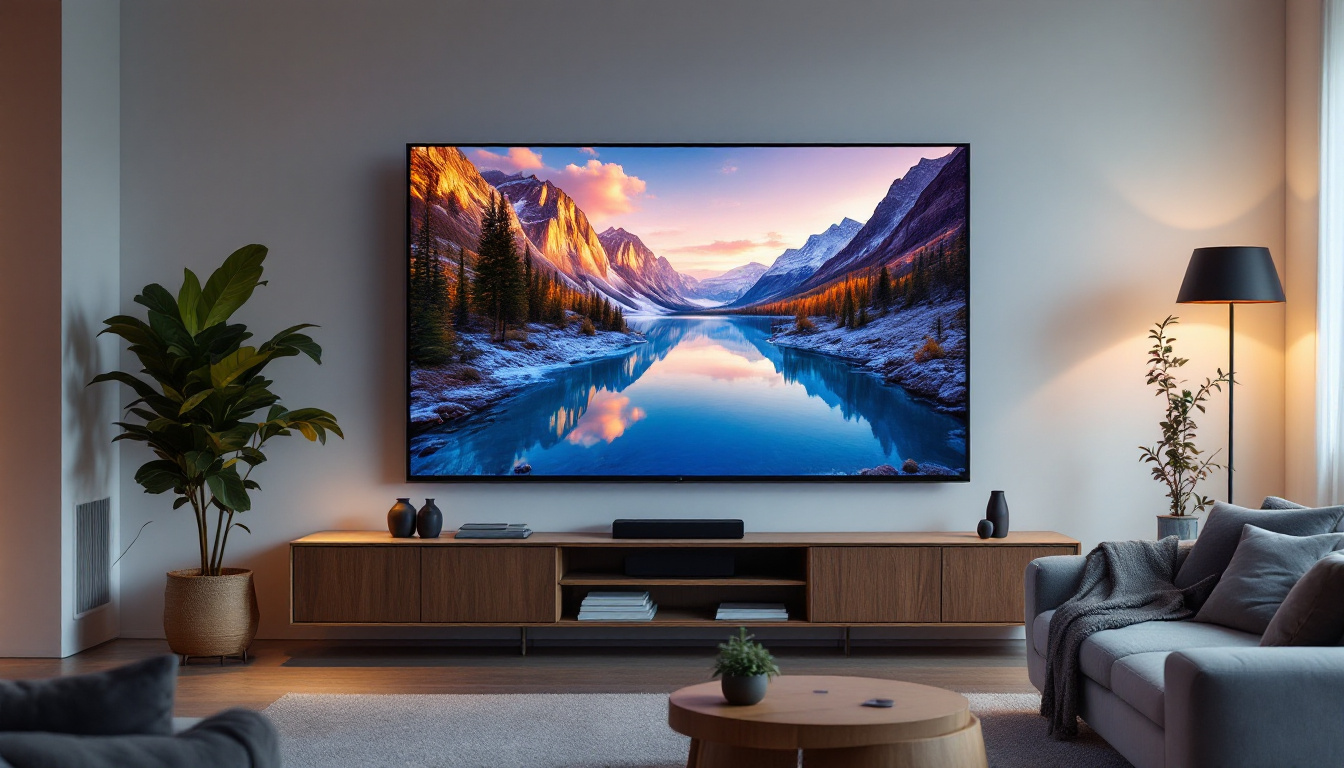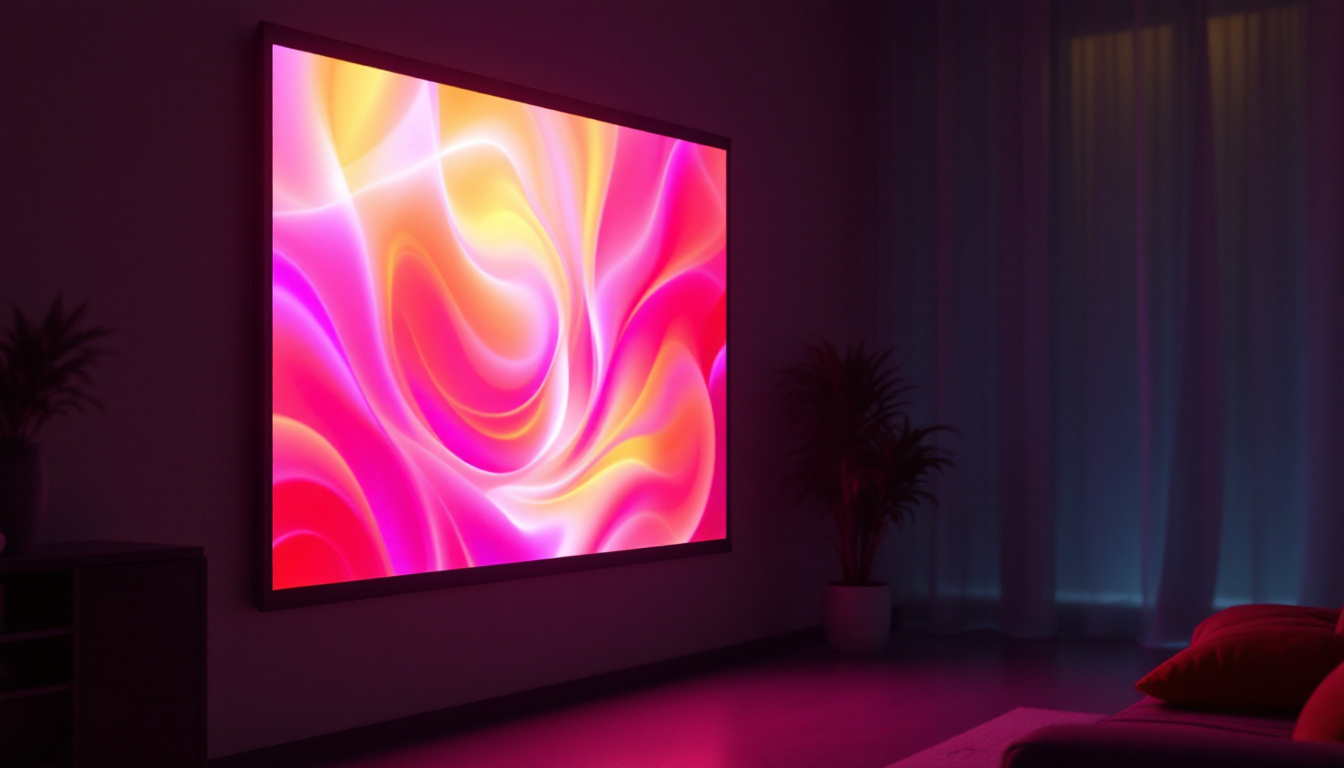In the world of digital advertising and display technology, understanding the intricacies of LED displays is crucial for businesses looking to make a significant impact. One of the key metrics that often comes into play is the pixel pitch, which directly influences the quality and clarity of the display. This article delves into the concept of pixel pitch, its implications for LED displays, and how the Assmongold Sign Up initiative is making waves in this space.
Understanding Pixel Pitch
Pixel pitch refers to the distance between the centers of two adjacent pixels on an LED display. Measured in millimeters, this metric plays a vital role in determining the display’s resolution and overall visual quality. A smaller pixel pitch indicates a higher pixel density, which translates to sharper images and more vibrant colors. This is particularly important in applications where visual clarity is paramount, such as in digital signage, control rooms, and high-end home theaters.
How Pixel Pitch Affects Display Quality
The relationship between pixel pitch and display quality is straightforward: the smaller the pixel pitch, the better the resolution. For instance, a display with a pixel pitch of 2mm will have a much higher pixel density than one with a pixel pitch of 10mm. This means that viewers will experience clearer images and finer details when viewing content on a display with a smaller pixel pitch. Additionally, the technology behind LED displays has advanced significantly, allowing for even smaller pixel pitches that enhance the viewing experience further, making it possible to use these displays in a variety of settings, from art galleries to high-traffic retail spaces.
Moreover, the viewing distance also plays a crucial role in determining the optimal pixel pitch for a display. For applications where viewers will be close to the screen, such as in retail environments or trade shows, a smaller pixel pitch is essential. Conversely, in scenarios where viewers are farther away, such as outdoor billboards, a larger pixel pitch may suffice. This consideration is vital for maximizing the effectiveness of the display, as it ensures that the resolution is appropriate for the audience’s distance, preventing pixelation and ensuring that the content is easily readable and visually appealing.
Common Pixel Pitch Measurements
Pixel pitch measurements vary widely depending on the intended application of the LED display. Common pixel pitches include:
- 1.2mm to 2.5mm: Ideal for indoor environments, offering high resolution for close-up viewing.
- 3mm to 4mm: Suitable for medium-range viewing, often used in conference rooms and retail displays.
- 5mm to 10mm: Commonly used for outdoor displays where viewers are typically further away.
Understanding these measurements helps businesses select the right display for their specific needs, ensuring that they achieve the desired visual impact. Additionally, it’s worth noting that as technology progresses, manufacturers are continuously pushing the boundaries of pixel pitch, leading to displays that can accommodate even more intricate designs and vibrant color palettes. This evolution not only enhances the aesthetic appeal of displays but also opens up new possibilities for creative advertising and immersive experiences in various environments, from sports arenas to corporate events.
The Role of LED Displays in Modern Marketing
LED displays have become a cornerstone of modern marketing strategies. Their ability to convey dynamic content in vibrant colors makes them an attractive option for businesses looking to capture consumer attention. From retail stores to corporate events, LED displays offer a versatile medium for advertising and engagement.
Dynamic Content Delivery
One of the standout features of LED displays is their ability to showcase dynamic content. Unlike traditional signage, which is static, LED displays can rotate through various advertisements, promotions, or announcements in real-time. This capability not only keeps the content fresh but also engages viewers more effectively.
For example, a retail store can use an LED display to promote a flash sale, displaying different products and prices throughout the day. This dynamic approach not only attracts foot traffic but also encourages impulse purchases, ultimately driving sales. Additionally, businesses can tailor their content based on the time of day or specific events, ensuring that the messaging resonates with the audience. For instance, a café could showcase breakfast specials in the morning and transition to dessert promotions in the evening, optimizing their marketing efforts to align with consumer behavior.
Enhanced Visibility
LED displays are designed to be bright and eye-catching, making them highly visible even in direct sunlight. This feature is particularly beneficial for outdoor advertising, where competition for attention is fierce. The high brightness levels of LED displays ensure that messages are conveyed clearly, regardless of the environmental conditions.
Moreover, the use of vibrant colors and high contrast enhances the overall visual appeal, making it easier for viewers to absorb the information being presented. This enhanced visibility can significantly increase brand awareness and recall. In addition, LED displays can be strategically placed in high-traffic areas, such as busy intersections or shopping malls, maximizing exposure to potential customers. The ability to integrate motion graphics and video content further captivates audiences, making it more likely for them to remember the brand and its offerings. As a result, businesses leveraging LED technology can create memorable experiences that resonate long after the viewer has moved on.
Assmongold Sign Up: A New Era in LED Display Technology
The Assmongold Sign Up initiative is revolutionizing the way businesses interact with LED display technology. By providing a comprehensive platform for businesses to sign up and access cutting-edge LED solutions, Assmongold is making it easier for companies to leverage this powerful marketing tool.
Features of the Assmongold Platform
The Assmongold platform offers a range of features designed to streamline the process of integrating LED displays into marketing strategies. Some of the key features include:
- User-Friendly Interface: The platform is designed with ease of use in mind, allowing businesses to navigate and set up their displays without technical expertise.
- Customizable Display Options: Users can choose from various pixel pitches, sizes, and configurations to suit their specific needs.
- Real-Time Content Management: The platform allows businesses to update and manage their content in real-time, ensuring that their displays always showcase the most relevant information.
These features empower businesses to take full advantage of LED display technology, enhancing their marketing efforts and improving customer engagement.
Impact on Businesses
The introduction of the Assmongold Sign Up initiative has had a profound impact on businesses across various sectors. By simplifying the process of acquiring and managing LED displays, Assmongold is enabling companies to focus on what truly matters: connecting with their audience.
Businesses that have adopted LED displays through the Assmongold platform report increased foot traffic, higher engagement rates, and improved brand recognition. The ability to deliver dynamic content tailored to specific audiences has proven to be a game-changer in the competitive landscape of modern marketing.
Choosing the Right LED Display for Your Business
Selecting the right LED display is crucial for maximizing the impact of your marketing efforts. Several factors should be considered when making this decision, including pixel pitch, location, and content strategy.
Assessing Your Needs
Before investing in an LED display, businesses should assess their specific needs and objectives. Consider the following questions:
- What is the primary purpose of the display? Is it for advertising, information dissemination, or entertainment?
- Who is the target audience, and how close will they be to the display?
- What type of content will be showcased, and how frequently will it change?
By answering these questions, businesses can better determine the appropriate pixel pitch and display size for their needs, ensuring that they make an informed investment.
Location Considerations
The location of the LED display plays a significant role in its effectiveness. Indoor displays may require different specifications compared to outdoor displays, particularly in terms of brightness and weather resistance. For outdoor displays, it’s essential to choose a model that can withstand the elements while maintaining high visibility.
Additionally, consider the surrounding environment. Displays placed in high-traffic areas will need to be particularly eye-catching to stand out among the competition. In contrast, displays in quieter locations may benefit from a more subtle design.
Future Trends in LED Display Technology
The LED display industry is continuously evolving, with new technologies and trends emerging regularly. Staying informed about these developments can help businesses remain competitive and make the most of their marketing strategies.
Advancements in Pixel Pitch
As technology advances, pixel pitch is expected to decrease further, allowing for even higher resolution displays. This trend will enable businesses to create stunning visuals that captivate audiences and enhance brand storytelling.
Moreover, the introduction of microLED technology promises to revolutionize the industry. MicroLED displays offer improved brightness, color accuracy, and energy efficiency, making them an attractive option for businesses looking to invest in cutting-edge technology.
Integration with Digital Marketing
As digital marketing continues to grow, the integration of LED displays with other digital platforms is becoming increasingly important. Businesses are now looking for ways to synchronize their LED displays with online campaigns, social media, and mobile applications to create a cohesive marketing strategy.
This integration allows for real-time updates and targeted messaging, ensuring that businesses can reach their audience effectively across multiple channels. As technology continues to advance, the possibilities for integrating LED displays with digital marketing will only expand.
Conclusion
Understanding pixel pitch and its implications for LED displays is essential for businesses looking to harness the power of this technology. The Assmongold Sign Up initiative is paving the way for a new era in LED display solutions, making it easier for companies to access and manage these powerful marketing tools.
By carefully assessing their needs and staying informed about industry trends, businesses can select the right LED displays to enhance their marketing efforts. As technology continues to evolve, the potential for LED displays to transform the way brands connect with their audiences is limitless.
Discover LumenMatrix’s Advanced LED Solutions
Ready to elevate your brand’s visual impact with the latest in LED display technology? Look no further than LumenMatrix, a pioneer in crafting immersive and dynamic visual experiences. From Indoor and Outdoor LED Wall Displays to specialized solutions like Vehicle, Sports, and Floor LED Displays, LumenMatrix offers a comprehensive range of products designed to captivate your audience and communicate your message with unparalleled clarity. Embrace the future of digital signage with LumenMatrix’s innovative LED solutions. Check out LumenMatrix LED Display Solutions today and transform your marketing strategy.


